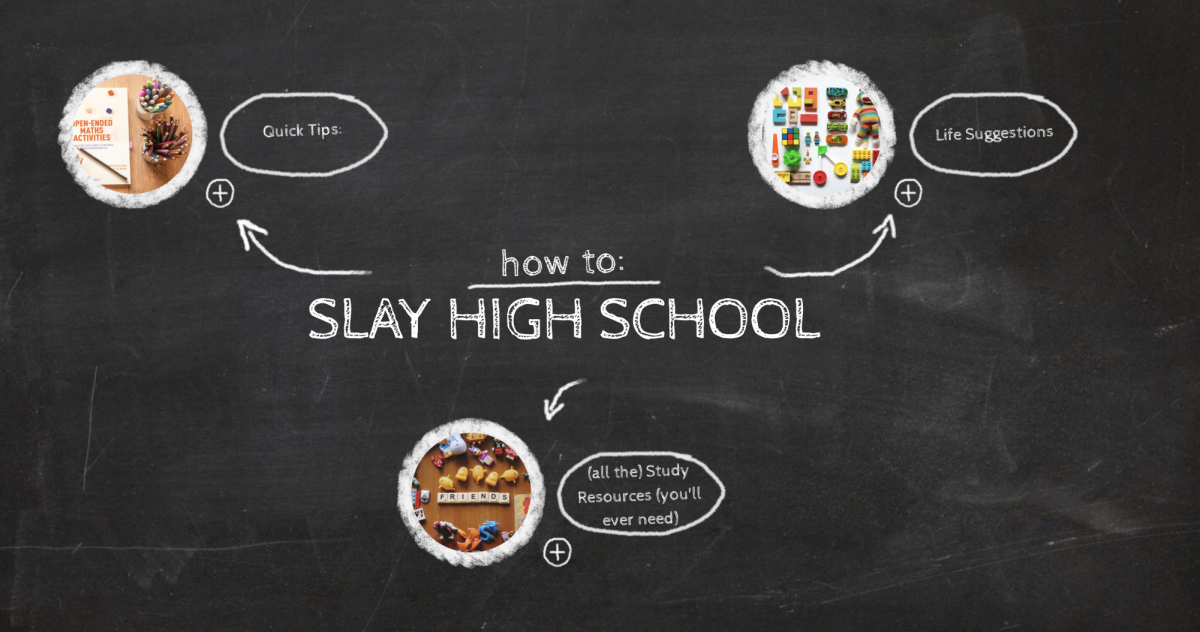In order to provide a brief distraction from the stress of finals and celebrate the season in general, the National Art Honors Society, NAHS, decorates the school’s windows each year with figures and scenes relating to winter.
This year, however, the figures drawn differ slightly from years in the past. There are snowmen and snowflakes, yes, but missing are other familiar winter images, such as candy canes or gingerbread men. This change is due to a request from administration to art teacher Mrs. Deffenbaugh that such drawings are removed due to their supposed overly religious implications.
Central maintains a very commendably diverse population, with students the have a wide range of ethnicities and religions. In accordance to such a diversity, some images may not be secular enough. Christmas trees with ornaments or a star, or both, would obviously emphasize Christmas. A drawing of a menorah would clearly portray Hanukkah. There is almost no way to encompass all religions represented in the school in such drawings. For this, aspects of the request is reasonable.
Despite the importance of secularity, however, some of the requests were slightly overly cautious. For example, several drawings of candy canes, ribbons, wreaths, and gingerbread men had to be taken down.
In these circumstances, the drawings removed were barely religiously affiliated, if at all. Students from many religions enjoy candy canes in the winter, and many stores hang wreaths as decorations in the winter specifically because they are not religious symbols. Gingerbread are delicious, and also readily available for anyone to eat. In fact, elementary school students even make them in classes without any religious implications whatsoever.
Overall, these images embody the winter season overall, not one religion or holiday in particular. It should not have been necessary for NAHS students to remove them unless a student or faculty member took offense to one of them with a legitimate reason. Yes, caution should be taken not to offend anyone, but some cases, such as this one, are prime examples of overcompensating.


